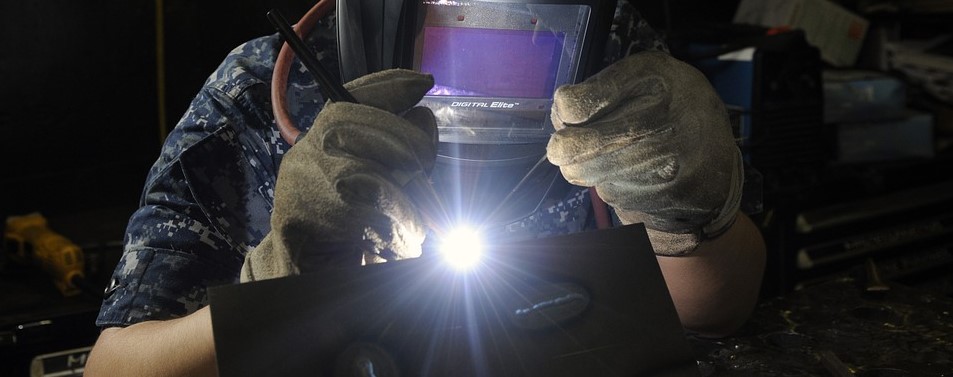If you want to produce a quality weld then the preparation of the pipe is very important. The preparation of the bevel is what will determine how clean your weld is. There are two different ways in which you can prepare a bevel.
What is a Bevel end?
A bevel is an angle formed at the edge of a pipe with a beveling machine. The reason behind a bevel, is to help prepare the pipe for a clean weld. There are a few common beveled ends for butt joints. These are known as:
- I—type
- Single—V
- Double—V
- Single-U
I—type
I—type, commonly known as square, is the simplest of the joint methods and is for pipes of 1 to 6mm in thickness, any thicker and this method isn’t recommended for use. Technically, this method isn’t a beveled end joint. This is because it only requires parallel matching of the edges.
Single—V
A single—V is the most commonly used butt joint type in pipeline application. Best suited for pipes between 3 and 26mm thickness, this butt joint type is the more costly option and requires more filler metal than the previous type but the finished joint is much stronger.
Double—V
A double—V, also known as a X—beveled end, is best suited for thicker pipes that range between 12 to 60mm. This joint type requires double-side welding which means the material needs to be turned over.
Single-U
A single-U is a one-side welding joint and doesn’t need as much filler material as a double—V. In comparison to other types, single-U is much more complex to process due to its radian shape. It is also much less subjective.
Ensuring you have quality pipe cutting and pipe beveling machines can ultimately determine your welds quality. At PCES, they have a wide range of machines which includes the popular Sawyer Band type Crawler and Mathey Dearman MagnaCut. For pipe beveling machines, visit here

